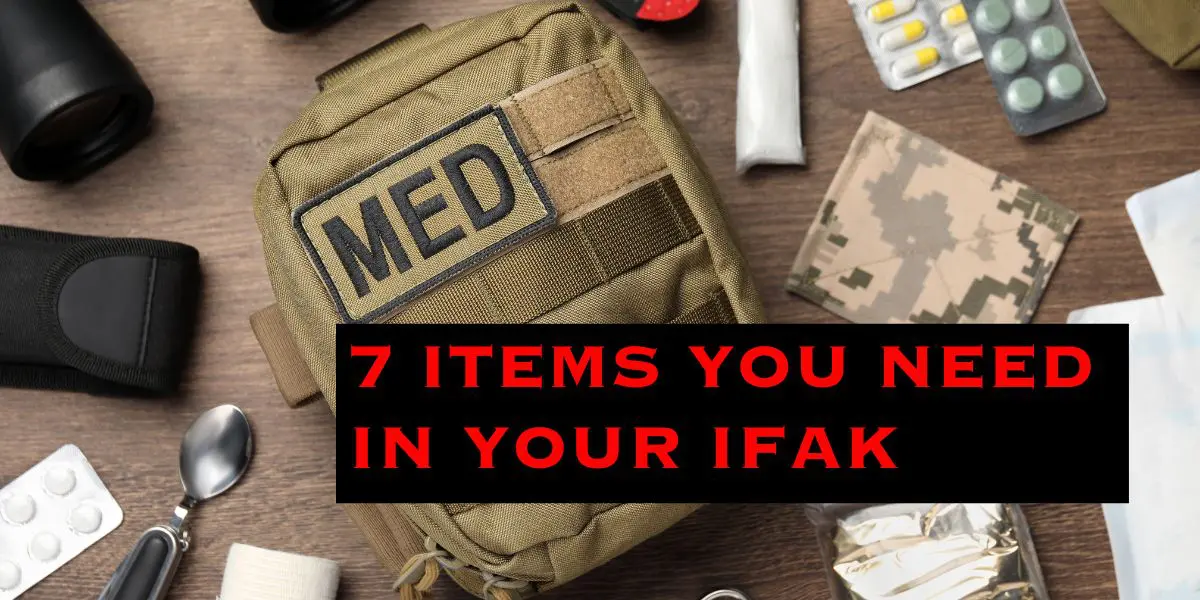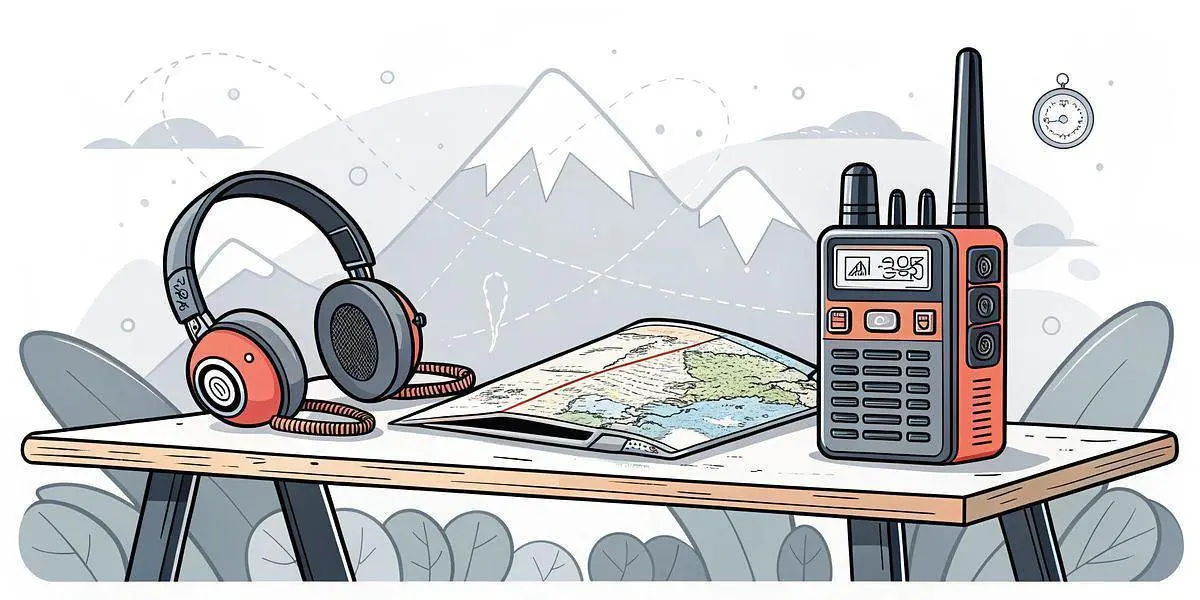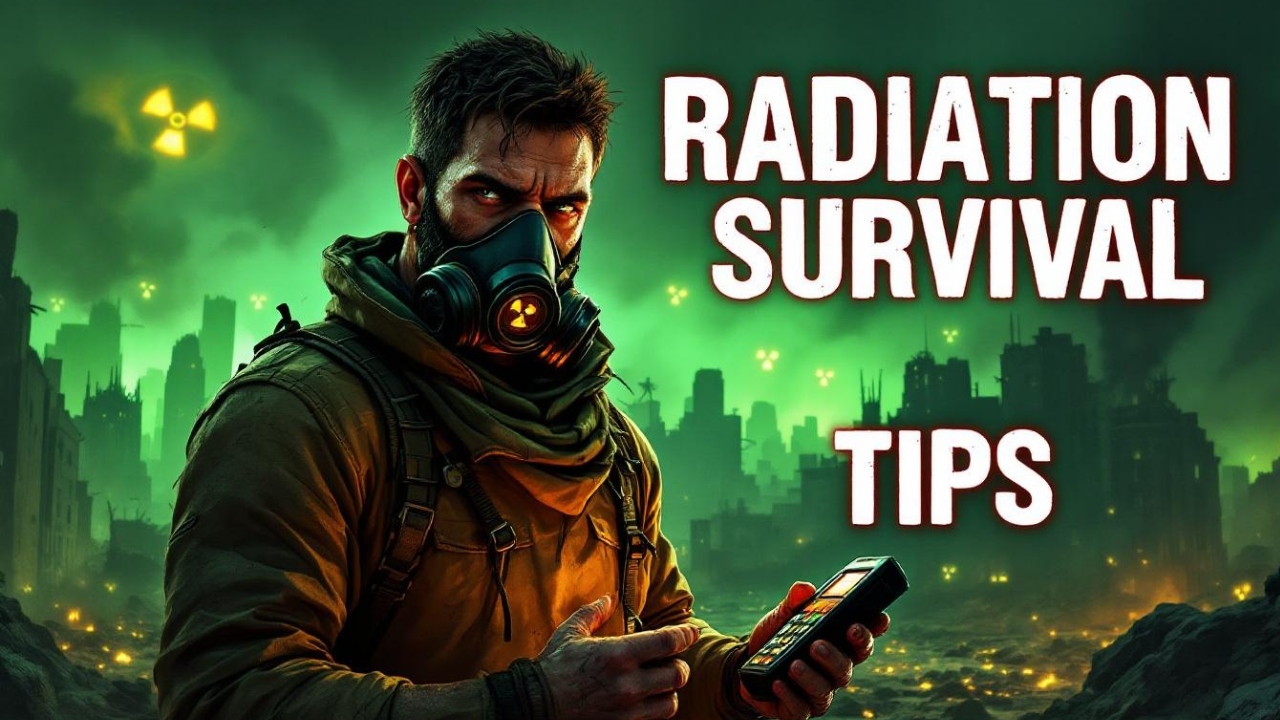In today’s fast-paced and unpredictable world, being prepared for emergencies is more important than ever. One essential tool that everyone should consider having on hand is an Individual First Aid Kit (IFAK). An IFAK is a small, portable kit containing essential medical supplies designed to treat injuries and save lives in emergency situations. In this article, we’ll discuss the key items that should be included in your IFAK and provide tips on how to organize and maintain your kit for optimal effectiveness

1. Hemostatic Agent
One of the primary concerns in any emergency situation involving injuries is blood loss. A hemostatic agent, such as QuikClot or Celox, can rapidly stop bleeding and promote clotting. These agents are particularly useful for controlling bleeding from large wounds, such as those caused by gunshot or knife injuries. Hemostatic agents are available in various forms, including granules, sponges, and gauze, so choose the one that best suits your needs and preferences
2. Tourniquet
A tourniquet is a crucial piece of equipment that can be used to control life-threatening bleeding from an extremity, such as an arm or leg. The purpose of a tourniquet is to apply pressure to a limb to stop blood flow to injured areas, allowing medical personnel time to address the wound. There are several types of tourniquets available, such as the Combat Application Tourniquet (CAT) and the Special Operations Forces Tactical Tourniquet (SOFTT). Be sure to familiarize yourself with the proper use of your chosen tourniquet before an emergency arises
3. Pressure Dressing
Pressure dressings are used to apply controlled pressure to a wound to help control bleeding. These dressings come in various forms, such as the Israeli Emergency Bandage or the Olaes Modular Bandage. A pressure dressing can be particularly useful for situations where a tourniquet may not be the best option, such as smaller wounds or injuries close to the torso
4. Chest Seal
A chest seal is a specialized adhesive dressing designed to seal a puncture wound to the chest, preventing air from entering the chest cavity. This is particularly important in cases of penetrating injuries, such as gunshot or stab wounds, where air can enter the chest cavity and cause a life-threatening condition called tension pneumothorax. There are several types of chest seals available, such as the HyFin Vent Chest Seal and the HALO Chest Seal
5. Nasopharyngeal Airway (NPA
An NPA is a flexible tube that can be inserted through the nose and into the throat to maintain an open airway in cases of respiratory distress or unconsciousness. Including an NPA in your IFAK can help ensure that you can provide essential airway management in emergency situations

6. Medical Gloves
Hygiene is crucial in any medical situation, and having a pair of medical gloves in your IFAK is essential for protecting both yourself and the injured person. Disposable nitrile gloves are a popular choice due to their durability and resistance to punctures and chemicals
7. Trauma Shears
Trauma shears are specialized scissors designed to quickly and safely cut through clothing and other materials to expose and assess injuries. These shears are an invaluable tool in any emergency situation, allowing you to access wounds quickly and efficiently
Conclusion
In conclusion, an Individual First Aid Kit (IFAK) is an essential tool for anyone looking to be prepared for emergency situations. By including the items discussed above, you can ensure that your IFAK is equipped to handle a variety of injuries and potentially save lives. Remember to regularly check and maintain your kit, replacing any expired or used items as needed. Stay safe, and always be prepared






























